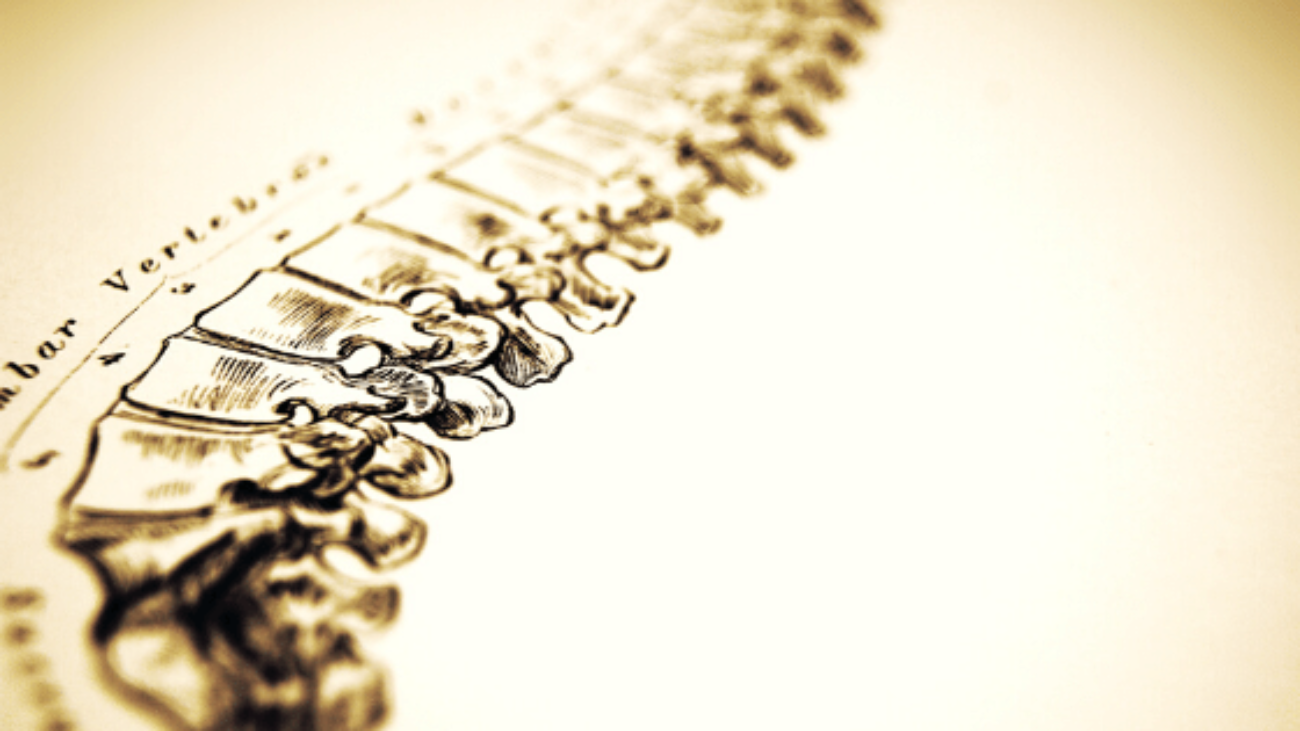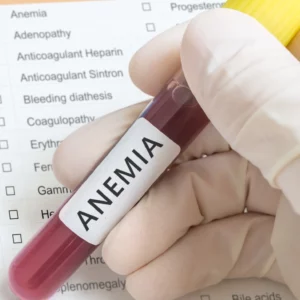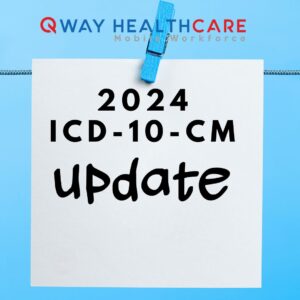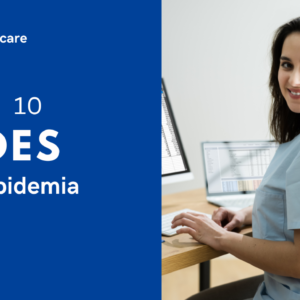There came numerous medical coding updates for the year 2021 which excited most of the healthcare professionals. Chiropractic coding is one among them which led a path to enhance the chiropractic practices and improve overall business. Since the codes were updated for 2021, it means it’s time to update the ICD-10-CM code set. There are 490 new codes, 58 deleted codes and 47 changed codes. Earlier, there weren’t many significant ICD-10-CM code changes affecting chiropractic offices.
This year brought some interesting changes and updates such as a new headache type, new codes related to TMJ, and several new codes for reporting accidents involving micro-mobility devices. Let’s check out those interesting codes of Chiropractic practices and ICD-10 CM updates for chiropractic coding.
New Temporomandibular Joint (TMJ) Codes in Chiropractic coding:
Arthritis of temporomandibular joint:
- M26.641 right
- M26.642 left
- M26.643 bilateral
- M26.649 unspecified
Arthropathy of temporomandibular joint:
- M26.651 right
- M26.652 left
- M26.653 bilateral
- M26.659 unspecified
New Headache Codes for Chiropractic coding:
- In Chiropractic coding, codeR51 was expanded to separate an orthostatic headache from other headaches. An orthostatic headache, which is also called a positional headache, is considered to be a type of headache a patient experiences while standing in vertical position.
- It is relieved when the patient lies down in a horizontal position for a period of time, for example 20-30 minutes. This particular symptom code is used when there is not a more clear diagnosis of the cause of the headache (intracranial hypotension, migraine). If the headache cause remains unclear and unspecified, use the unspecified code.
- Chiropractic coding for headache R51 was earlier grouped by some MACs as a secondary diagnosis with a short duration of time. It is anticipated that both the expanded codes will also be assigned for a short duration.
- It has been argued that an orthostatic headache might require more treatment.
Accidents Involving Micro-Mobility Devices:
- Micro-Mobility devices are small vehicles that typically travel less than 25km/h. The number of accidents involving micro-mobility devices such as electric bikes, hover boards, and Segways has increased dramatically over the last few years.
- A request was raised to enable tracking of these incidents. While most of the healthcare insurance companies at present do not require the use of External Cause Codes such as these, they might be requested for accident insurance claims. Codes such as V00.841 “fall from standing electric scooter” might become fairly common in your practice.
- There are 123 new codes just to describe these kinds of accidents. The following sub-categories are given below:
| Pedestrian on standing micro-mobility pedestrian conveyance injured in collision with | |||
| Pedal cycle | V01.13- | V01.03- | V01.93- |
| Two- or three-wheeled motor vehicle | V02.13- | V02.03- | V02.93- |
| Car, pick-up or van | V03.13- | V03.03- | V03.93- |
| Heavy transport vehicle or bus | V04.13- | V04.03- | V04.93- |
| Railway train or railway vehicle | V05.13- | V05.03- | V05.93- |
| Other non-motor vehicle | V06.13- | V06.03- | V06.93- |
Other ICD-10-CM Code Changes in Chiropractic coding:
- Osteochondrosis is a bone growth disorder that involves the developing growth plate and one or more of the surrounding ossification centers (epiphyses). They primarily occur in children and is caused by a variety of factors including genetics, injury, repetitive trauma/overuse, vascular abnormalities, mechanical factors and hormonal imbalances.
- It is also characterized by degeneration or necrosis followed by revascularization, regeneration, and re-calcification. Symptoms include varying levels of discomfort, pain, or even disability.
- The following sub-categories were added:
M92.50– Unspecified juvenile osteochondrosis
M92.51– Juvenile osteochondrosis of proximal tibia
M92.52– Juvenile osteochondrosis of tibia tubercle
M92.59– Other juvenile osteochondrosis of tibia and fibula
Other Specified Site/Joint Additions:
- An option to report other specified site was added to several subcategories which includes the following new chiropractic codes:
- Articular cartilage disorders: M24.19
- Disorder of ligament: M24.29
- Osteoarthritis: M19.09, M19.19, M19.29
- Rheumatoid arthritis: M05.7A, M05.8A, M06.0A, M06.8A, M08.0A, M08.2A, M08.4A, and M08.9A
An option to report other specified joints was added to several subcategories which include the following new chiropractic codes:
- Ankylosis: M24.69
- Contracture: M24.59
- Derangement: M24.89
- Dislocation: M24.39, M24.49
- Other (instability, pain, stiffness): M25.39, M25.59, M25.69
Evaluation and Management Services with Chiropractic Manipulative Treatment:
Purpose: To provide guidelines for the reimbursement of Evaluation and Management (E&M) Services performed in conjunction with Chiropractic Manipulative Treatment when billed by professional providers.
Scope: All products are included except for
- Products where Horizon BCBSNJ is secondary to Medicare (e.g. Medigap)
- Commercial COB or as noted below
- ITS Home Local business Par
- ITS Home National Accounts Par
- MPL Non-Par
- Flex link
- ITS Host MADV
This policy applies to insured and Administrative Services Only (ASO) accounts.
Chiropractic Manipulative Treatment is a form of manual treatment to influence joint and neurophysiological function. The treatment may be accomplished using various techniques. The chiropractic manipulative treatment codes include a manipulation patient assessment.
For purposes of CMT, the five spinal regions referred to are:
- cervical (includes atlanto-occipital joint),
- thoracic (includes costovertebral and costotransverse joints),
- lumbar
- sacral
- pelvic (sacroiliac joint)
CMT of the extremities is defined as a separate region (extra spinal).
- In Chiropractic Manipulative Treatment and services, according to CPT guidelines, CMT codes include a pre-manipulation patient assessment.
- An E&M service can be reported in addition to CMT in case the member’s condition requires a significant, separately identifiable E&M service that is above and beyond the usual pre-service and post service work associated with the CMT.
- In such cases, the healthcare professional must append modifier 25 to the E&M code and ensure that the appropriate documentation is included in the patient’s medical record in accordance with CMS guidelines.
- It is appropriate to separately and additionally report an E&M service only in the following conditions:
- Initial evaluation of a new member or condition; or a re-evaluation of an established patient’s progress under a current treatment plan every thirty days.
- Acute exacerbation of symptoms or a significant change in the member’s condition, or
- A distinct and different indication which is separately identifiable and unrelated to the manipulation.
- It is not appropriate for an E&M service to be routinely reported with CMT with modifier 25 as if the E&M is always a separate and identifiable service rather than a component of the CMT.
- While reporting an E&M service to any of these three, the healthcare professional should append modifier 25 to the E&M code. If modifier 25 is not appended, the E&M service will not be reimbursed as it is considered included within the CMT code.
- An E&M service for a new patient visit is reimbursable once every three years.
Hope you got enough information on Chiropractic coding alerts. For more queries and updates on healthcare, please subscribe to our blog.




